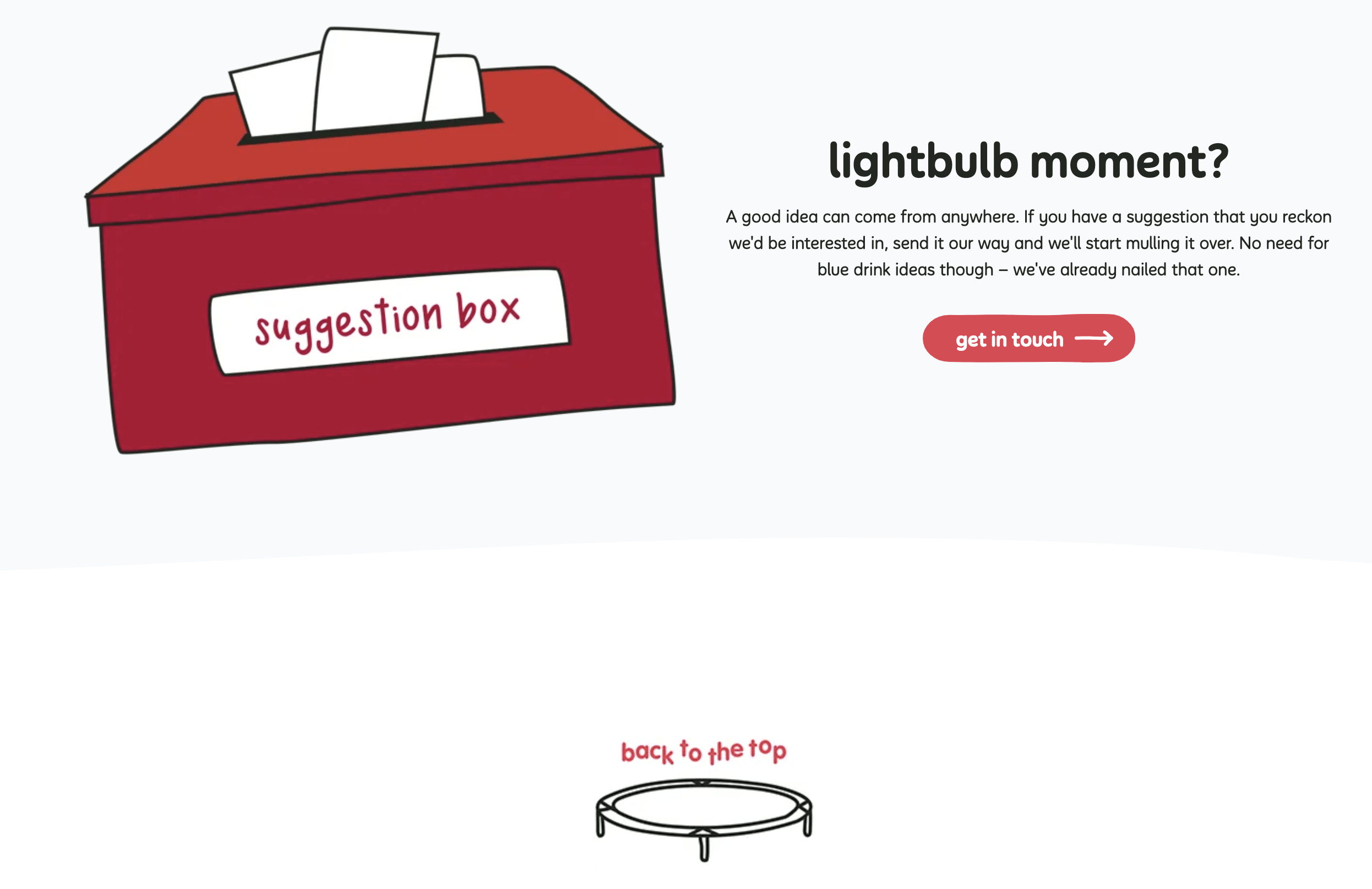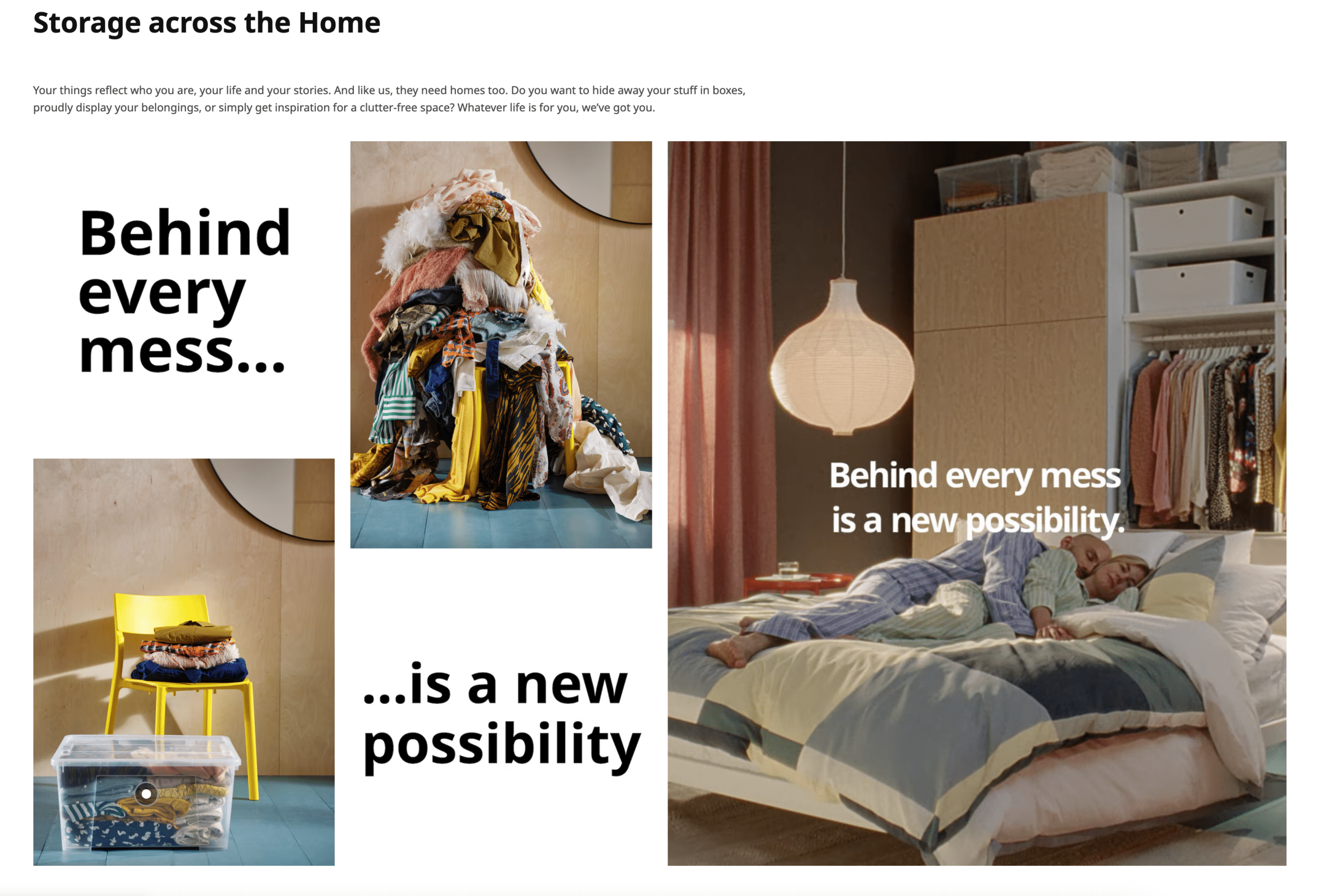If you’re working with marketing and branding, you may have come across the term “tone of voice”, often abbreviated ToV. If you are, however, not clear on what that even is or why it’s important, this article is for you. Read on to find out what a tone of voice is, what it has to do with brand identity and brand voice, and why it’s more important than ever for companies to have one.
First things first: Let’s define the term “tone of voice”. Or rather, let’s have a quick look at how others define it. According to Merriam Webster the tone of voice is “the way a person is speaking to someone” – and that already tells you everything you need to know.
In marketing, the meaning of the term transcends its literal interpretation and the phrase tone of voice is used to describe the way a brand communicates with the world – you may also have come across the term brand voice to describe this.
In your daily life, you my have noticed that big brands always communicate a certain way. Their word choice always follows the same rules, they always address you the same way and you always know what to expect from their communication.
This is great for two reasons:
- It makes the brand easier to recognise
- It helps build trust
So, now that we know (theoretically) what a tone of voice is, let’s look at some examples! 😉
Tone of voice examples
For illustrative purposes, I’ve chosen companies with a very distinctive tone of voice for the following examples – and since we all like to laugh, both of them are a bit whimsical.
But please don’t take that to mean that brand voices always have to be funny! There are many companies who have or need a very different tone of voice, either because that’s simply who they are or because they work in a field that doesn’t lend itself to being funny. That’s completely fine and a clear tone of voice is as important for such companies as it is for ones with a more playful brand voice.
Ready to dive into the tone of voice examples I’ve chosen? Let’s go!
Tone of voice example: innocent
Most of us will know innocent and the fact that they don’t take themselves too seriously – if nothing else, I’m sure you’ve seen some of their billboards. Going to their website, it didn’t take long to find great examples that illustrate the company’s tone of voice perfectly.
In a nutshell, these are some of the main characteristics of innocent’s tone of voice:
- funny with lots of jokes
- not taking themselves too seriously (but taking sustainability, social responsibility and ethics very seriously)
- personal touch with employees appearing frequently in this way or another
The first example I’d like to show you is the way they offer us to give them feedback. Since people usually use that option to tell a company when they’re unhappy about something, most companies would use a neutral phrasing or one revolving around the idea of letting them know how they can improve them.
Not innocent though! Check out the screenshot to see how they turned it into a fun and engaging suggestion box instead – and can we please take a second to appreciate the cute trampoline they added at the bottom of the page that brings you back to the top? 😍

The second example is the way innocent asks you to follow them on social media. Since by now everybody knows what to expect from such a section, innocent uses that to their advantage by getting really creative! For me, the 32% chance you wont regret it seals the deal – what’s your favourite part? 😉

Tone of voice example: IKEA
Let’s be honest – we ALL have at least one IKEA item in our home, right? 😆
With that in mind, I’m sure you know their advertising, be it on billboards, in their stores or in a newsletter. It’s not just their brand colours and their design that screams IKEA as soon as you see it, it’s also things like their distinctive greeting “Hej”. You see these three letters and you know that this is IKEA.
IKEA’s brand voice can be summarised with the following characteristics:
- playful without being overly funny, but likes to crack a joke every now and then
- warm and inviting
- distinct through its references to its Swedish origin (product names, Swedish words like Hej, Swedish customs, …)
So, let’s look at the first example, the page advertising IKEA Family. The uniqueness of IKEA’s tone of voice starts right here with the name – you’re not in a club, you don’t have a membership, with IKEA, you’re part of the family. And they make it very clever that everybody’s welcome, no matter how old or young you are, how big or small your own family is and if its members have two, three or four legs. It’s very clear that IKEA is not for the elite, it’s for everybody – and isn’t that conveyed beautifully? 🙂

The second example for IKEA’s tone of voice is this section about storage solutions. Apart from the fact that I really love what they did with the visuals here and how you can see a glimpse of the chair underneath the clothes before it’s all tidied up, isn’t it wonderful how this is 100% judgement-free?
Their warm brand voice shines through literally everything you see on in this section – you get the feeling that this company knows your struggle of keeping things organised, no matter in which way you like to store your stuff.

There is also a third brand which probably has my favourite tone of voice EVER: Who Gives A Crap! Since I’ve already written an entire blog article about the toilet paper company’s brand voice though, I won’t go into detail here – but feel free to check out my article about Who Gives A Crap’s tone of voice.
So, now that we have defined the terms tone of voice and brand voice and looked at some examples, let’s switch back to the big picture for a minute and see how the tone of voice ties back to your brand’s identity, shall we. 😉
Relationship between a brand’s identity and it’s tone of voice
If you’d like to communicate as consistently as the brands we just looked at, you’ll have to define your brand’s identity or it’s personality first. Without knowing the answer to questions such as the following (and of course many more), it’s impossible to implement a clear brand voice consistently:
- What values does my brand hold high?
- How would I like my brand to be perceived?
- Which character traits does my brand have?
- Who is my brand’s target audience?
- What kind of messaging resonates with my brand’s target audience?
- How would I like to position my brand on the market?
- How is my brand different from my competitors?
Once you have clear answers to these questions, you’re one step closer to your very own tone of voice as your brand’s identity will become much clearer – and when you know who you are and how you are talking to what kind of people, creating content for your company will be much much easier!
Now, for small companies and solopreneurs, this might already be enough to ensure a fairly consistent communication – but you’re still a long way from an actual tone of voice, especially if you want it to be unique. You’ll find out more on the various steps required to create tone of voice guidelines for your company in another blog post that will be published soon.
In the meantime, I’ll just add this: as long as only one person is responsible for all your companies marketing efforts and communication, achieving a more or less consistent tone of voice is usually not all too hard – but you will hit a brick wall in that regard once your company grows and there are more people involved in content creation or you outsource some of your brand’s marketing.
And that’s where the last piece of the puzzle comes in: the style guide.
How style guides ensure a consistent tone of voice
There is one thing all big companies with an amazing tone of voice have in common: they have a style guide that’s used by every single person who creates content.
This style guide looks different for every brand since each of them has a distinct brand identity and therefore a unique tone of voice. While some strive to be inspiring above all else (Nike for example), others are all about being funny (check out Who Gives A Crap, it’s worth it, I promise) and a third group wants to build trust and appear as a safe haven to its customers (think insurance companies etc.). There are as many different tones of voice out there as there are personalities.
But what all style guides have in common is this:
- They clearly define the brand’s identity and lay out it’s character traits.
- They describe the brand’s target audience, often in form of client personas.
- They point out the messaging that should be used.
- They give concrete examples of good, on-brand communication including do’s and don’ts for various situations.
By providing such clear guidelines, big companies ensure that their tone of voice is always consistent and in line with the brand’s identity, no matter how many people are involved in content creation. This even works across various languages and target audiences.
Trust me when I say: any company that has a crystal-clear brand voice also has a crystal-clear tone of voice that’s defined in a crystal-clear style guide.
If you want that too, just drop me a line and we can discuss how I can help you find your brand’s very own tone of voice. 🤩



